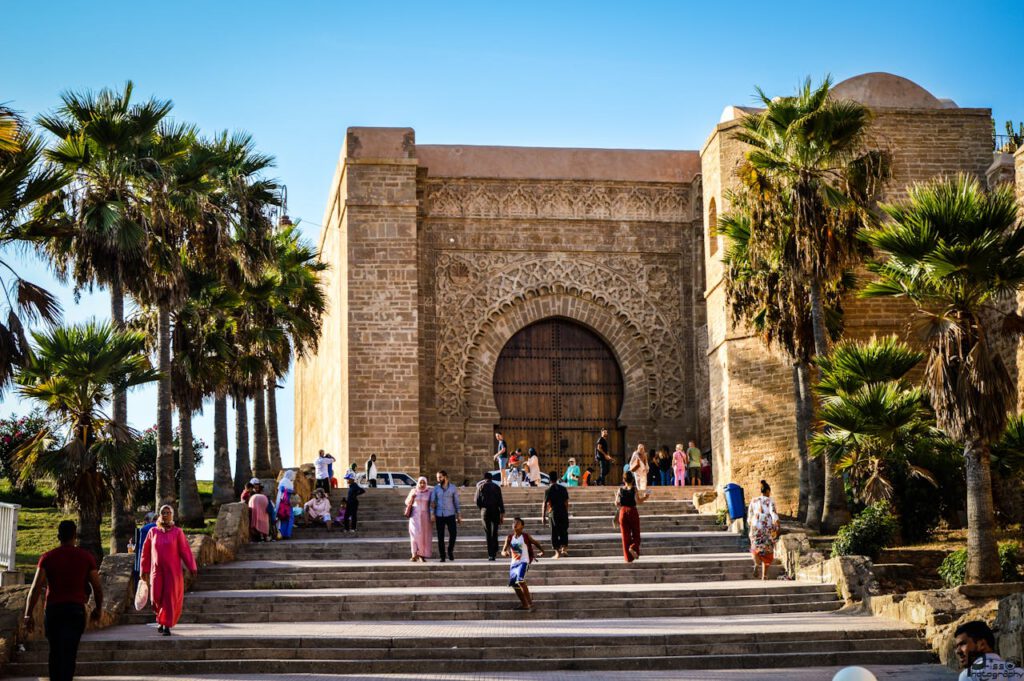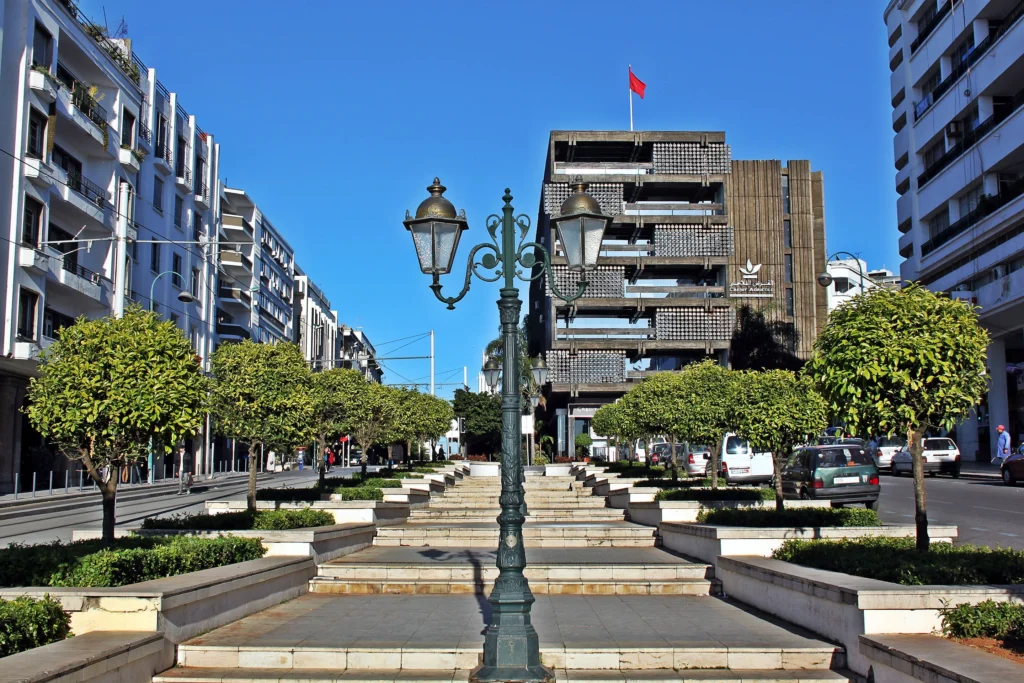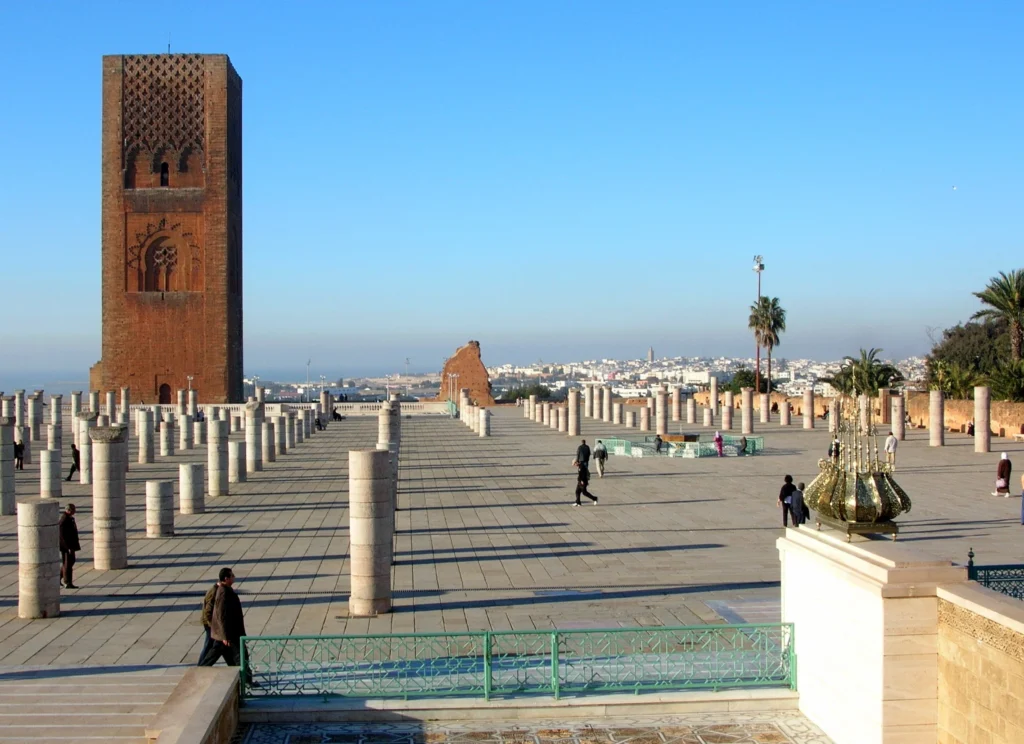Destinations
Rabat, Morocco
Discover the beauty and diversity of Morocco with TTM Travel. Our curated trips take you to the most captivating locations, offering a perfect blend of sport, culture, and relaxation. Immerse yourself in rich cultural experiences and breathtaking landscapes. Let us guide you to unforgettable adventures in this enchanting country.
History of Rabat
Rabat, the capital of Morocco, has an urban population of around 580,000 and over 1.2 million in the metropolitan area. Located on the Atlantic Ocean at the mouth of the Bou Regreg river, opposite the city of Salé, Rabat was founded in the 12th century by the Almohads. Initially flourishing, the city declined after the Almohads’ collapse but became a haven for Barbary pirates in the 17th century. Under French colonial rule from 1912, Rabat was established as the administrative center. After Morocco gained independence in 1955, Rabat remained the capital. The city has important industries in textiles, food processing, and construction, along with tourism. Rabat is home to all foreign embassies in Morocco. Known for its rich history, Rabat is one of Morocco’s four Imperial cities, and its medina is a UNESCO World Heritage Site. The city is accessible by train and plane, with the nearby Rabat-Salé Airport.
Geography
Rabat is a diverse city with distinct neighborhoods. The city’s heart includes the Medina, Oudayas, and Hassan, all near the Bou Regreg River and the Atlantic Ocean. To the west, Quartier l’Océan and Quartier les Orangers transition into working-class districts like Diour Jamaa, Akkari, Yacoub El Mansour, Massira, and Hay el Fath. To the east, the Youssoufia region features neighborhoods from working to upper-middle class, such as Mabella, Taqaddoum, Hay Nahda, Aviation, and Rommani. Central Rabat has Agdal, Hay Riad, and Souissi, ranging from vibrant commercial areas to affluent residential zones with embassies and villas.
Culture
Rabat’s cultural hub is the Mohammed V Theatre, opened in 1962. The Grand Theatre of Rabat, designed by Zaha Hadid, began construction in 2014 and aims to be the largest theater in the Arab world and Africa. The city hosts vibrant cultural organizations like Orient-Occident Foundation and ONA Foundation. The independent art scene includes spaces like L’appartement 22 and Le Cube. Rabat is known for the Mawazine music festival, attracting international artists like The Weeknd and Elton John.
Rabat’s places of worship include historic mosques, such as the “Old Mosque” and the Great Mosque, synagogues like Rabbi Shalom Zawi, and Christian churches, including St. Peter’s Cathedral. Museums such as the Oudayas Museum, the Museum of History and Civilizations, and the Mohammed VI Museum of Modern and Contemporary Art showcase the city’s rich heritage. The Rabat Zoo, housing descendants of the Barbary lions, emphasizes conservation. Historic monuments include the Kasbah of the Udayas, the Hassan Tower, and the archeological site of Chellah.



